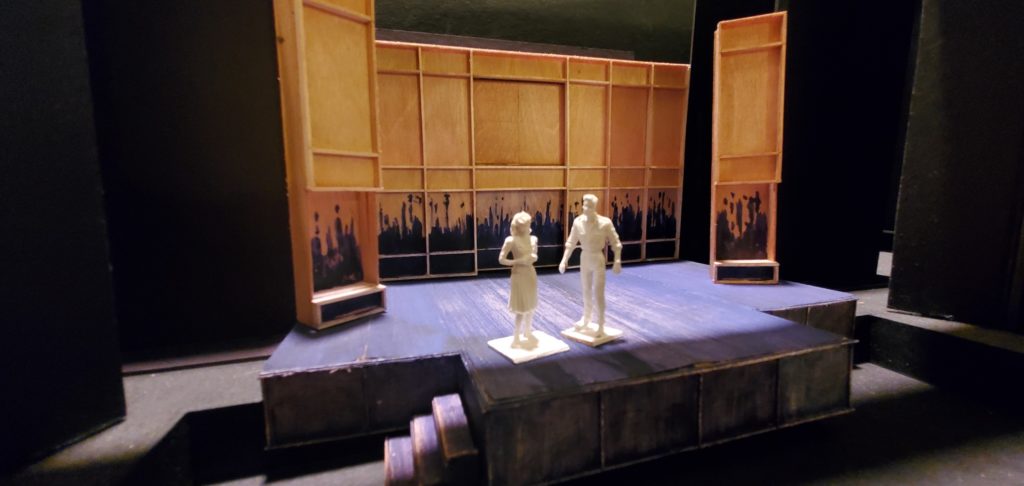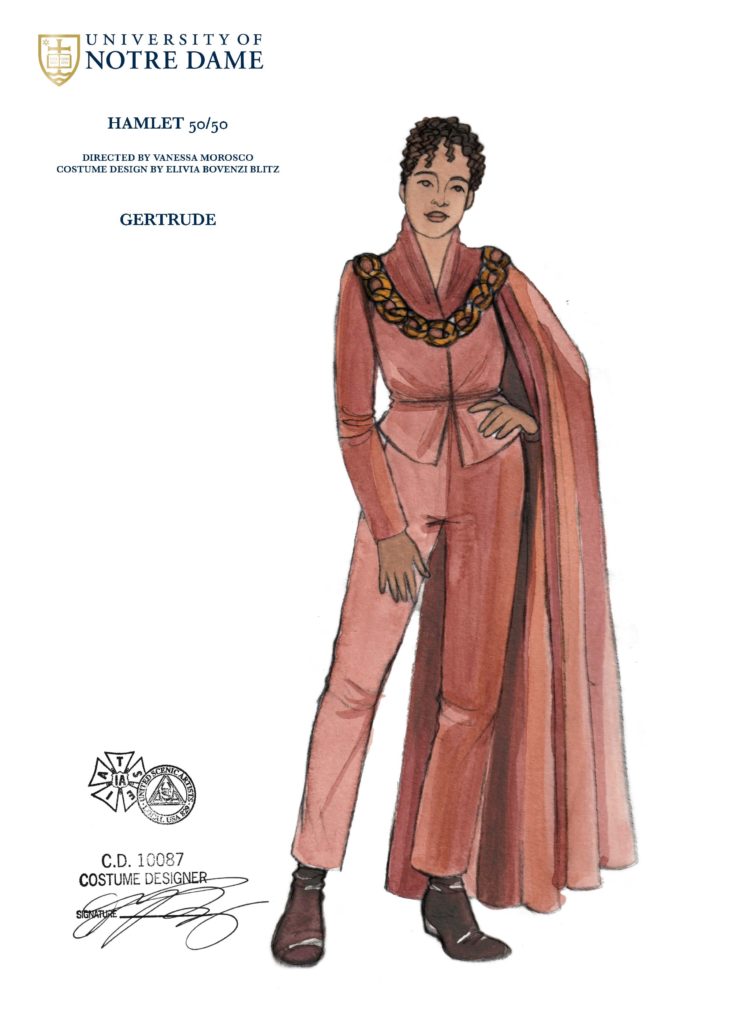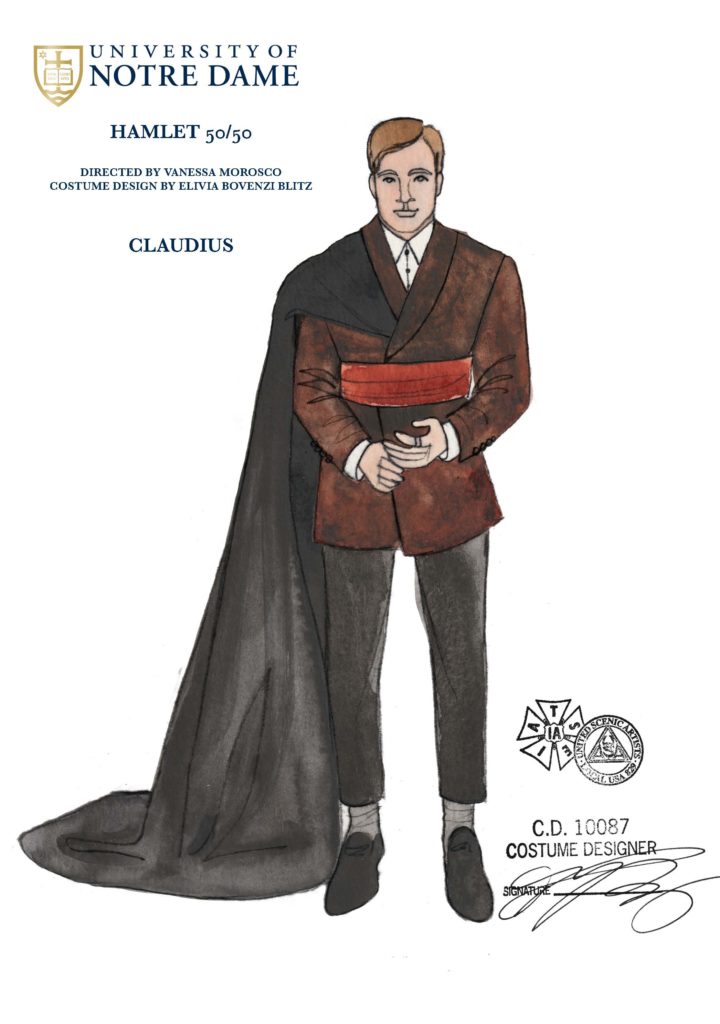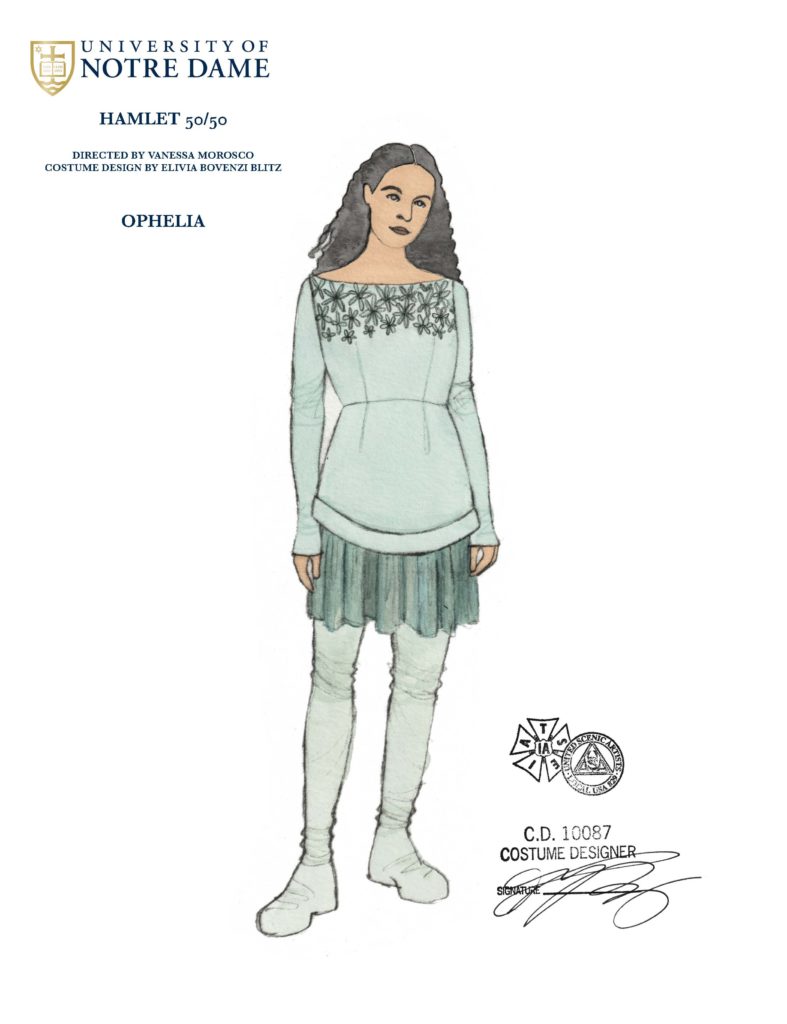By Sam Hill
This week saw the beginning of our proper work at Notre Dame: teaching and performing. Professors invite us into their class to share our experiences of performing with the students. Normally, this consists of helping the students to explore Shakespeare like an actor would: through playfulness, games and getting the text up on its feet. We LOVE the students. They are so kind, willing, attentive, and welcoming. They regularly make our days with their wit, charm, and talent.
The other half of our work here is performing. We had an excellent question from a young man at De Paul Academy in a post-show Q&A. He asked ‘how would you rate your nerves out of ten?’ We all were essentially on the same page. For the first night, we were all in the 8s and 9s but by the second night we felt quite at home. Another excellent question I had from a student was, ‘what’s the difference between English and American audiences?’ There is a world of difference! First of all, American audiences tend to get to their feet at the end of a show, whereas, normally English audiences stay sat. I could get very used to the audience on their feet every night, I can tell you.
The week has generally been so busy that there has been little time to explore or even see my fellow cast mates! I managed to do some site seeing around campus. I (typical me) left to leave my phone in one of my classes at St Mary’s College. As I don’t drive, I decided to don my running gear (which now includes a Notre Dame running top which I wear with immense pride) and jog back to St Mary’s to collect my phone. En route, I visited the Basilica (stunning), the Golden Dome (stunning) and the Grotto (also stunning). I arrived at the class in a state of energetic sweatiness and spirituality, just as the Professor said to her class ‘the thing about travelling minstrels is…’ I collected my phone and left them to it.
Saturday saw our final performance, which we loved but also, it saw all five of us working with the ‘Not So Royal Shakespeare’ group a student run theatre company based at Notre Dame. These young, passionate and dedicated students made our week. I would like to offer a special shout out to Isabel, Ryan and Hannah who drew the short straw and had to work with me (I’m really sorry if the spelling of your names isn’t correct, I should have asked on the day, but was too caught up in your wonderful monologues!).Thank you for your passion and willingness to throw yourself into the crazy exercises I set you.
We left Notre Dame feeling like we were leaving our own homes. We had got so used to the Golden Dome, the Grotto, the pretzel bites at O’Rourke’s, and indeed the wonderful Notre Dame team: Scott, Deb, Jenny and Jason. We all want to thank you for making our first residency so special- we miss you, we miss the students, we miss Notre Dame!
P.S why are pretzel bites so good??






